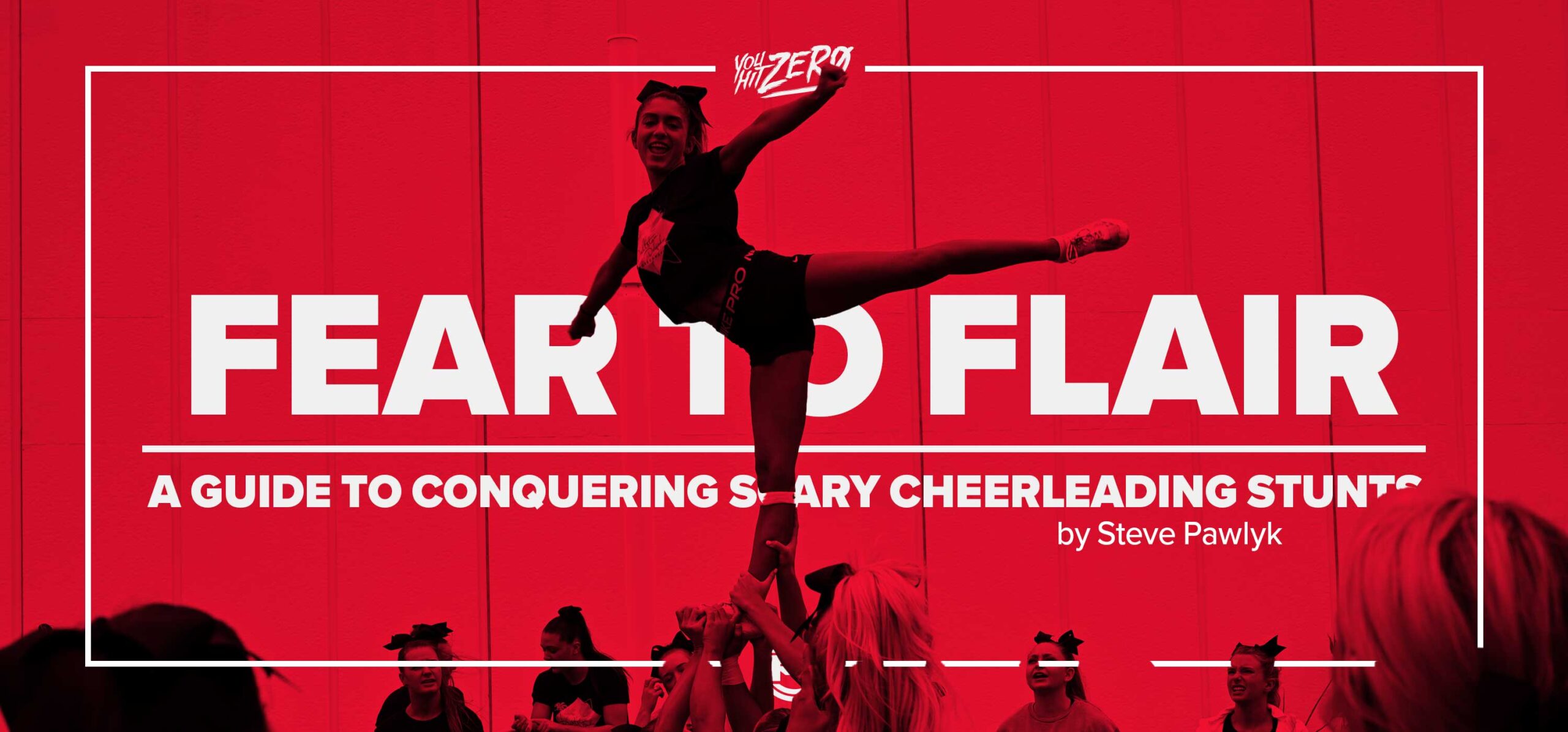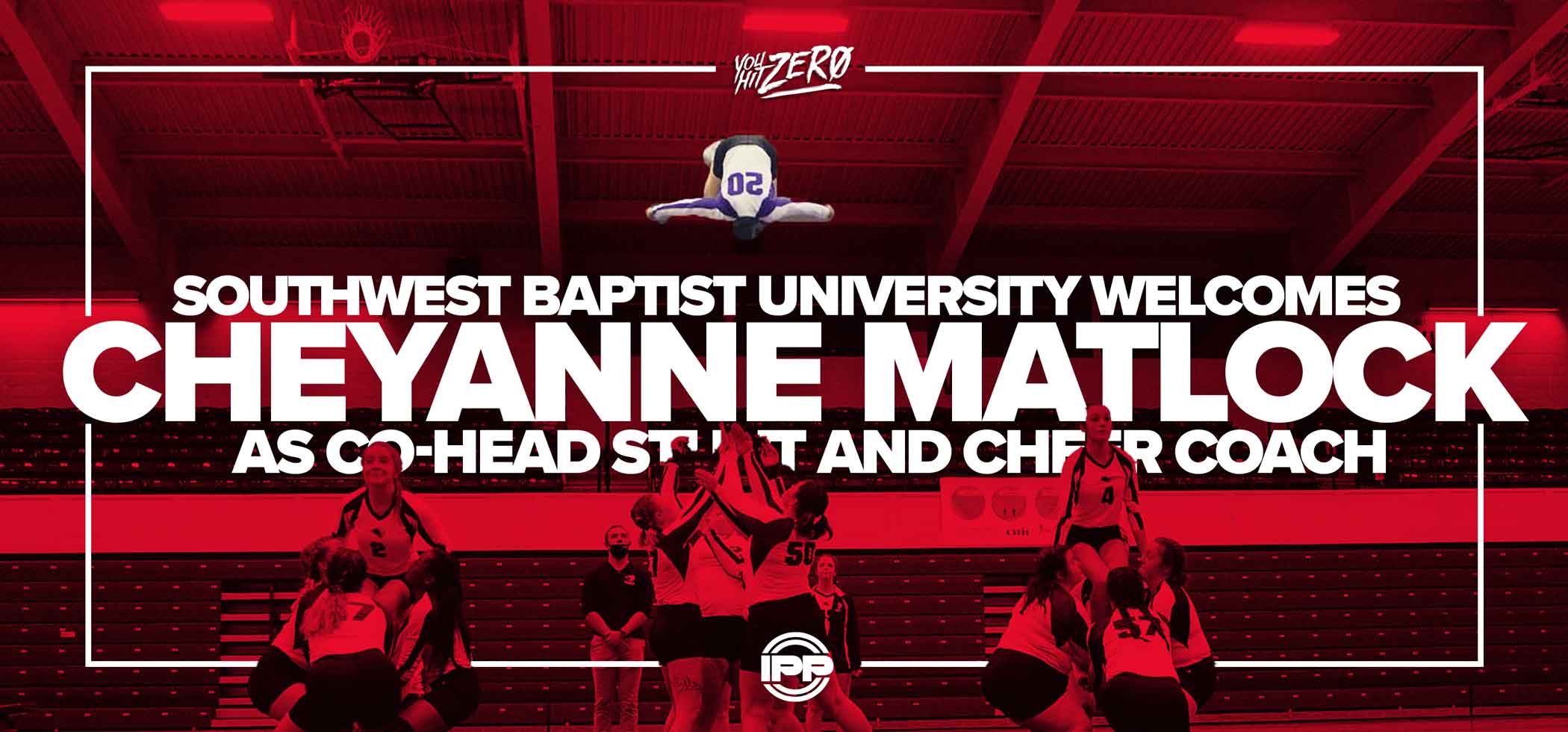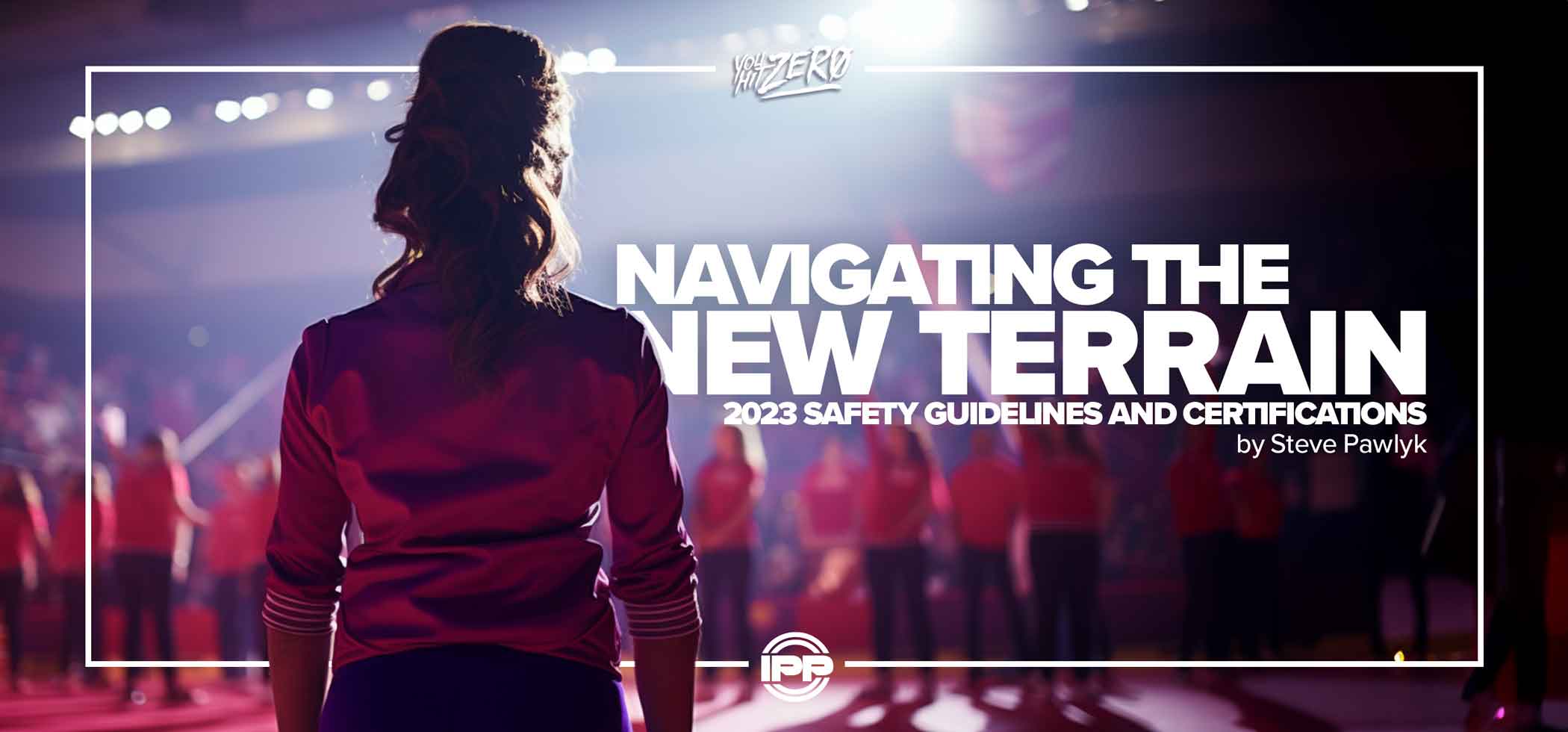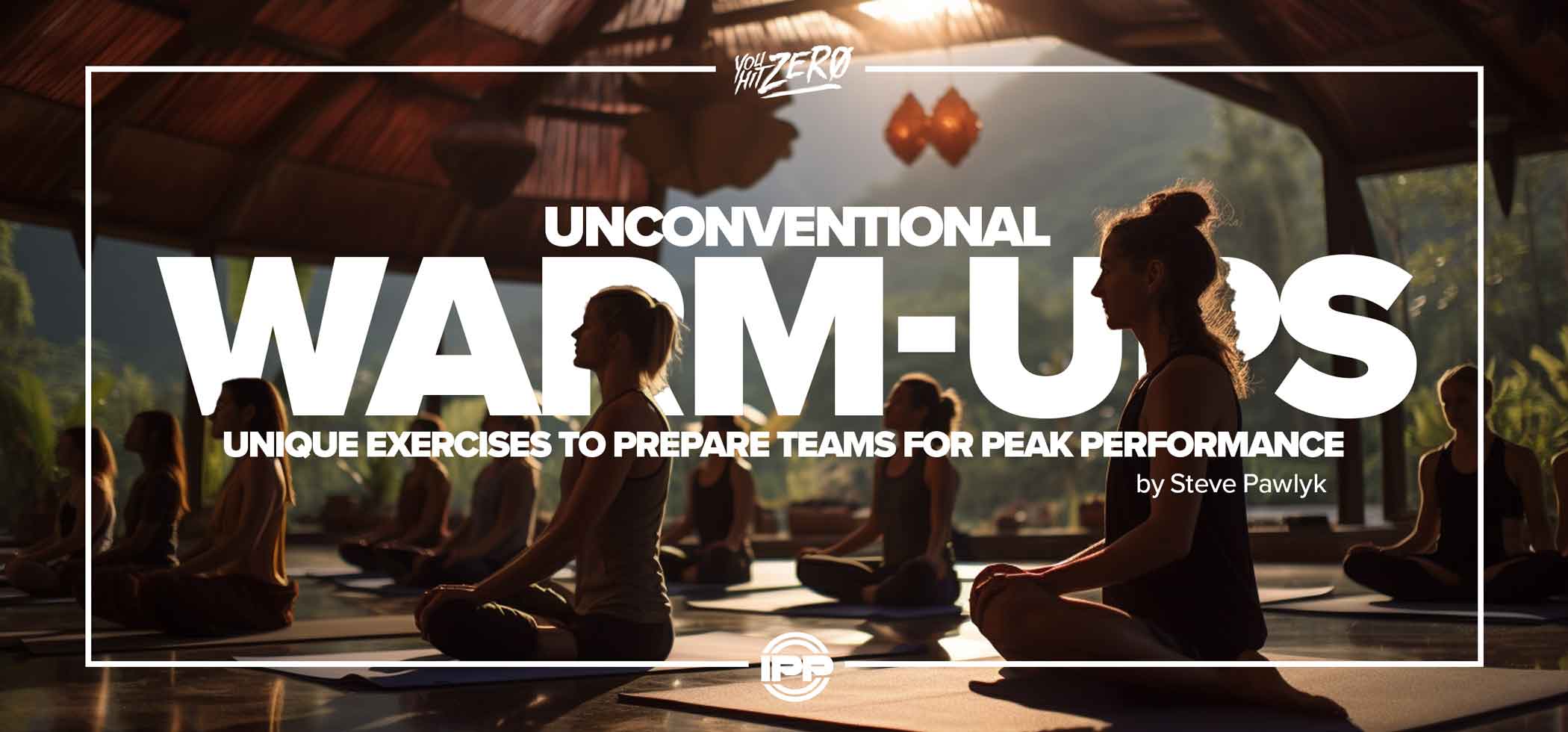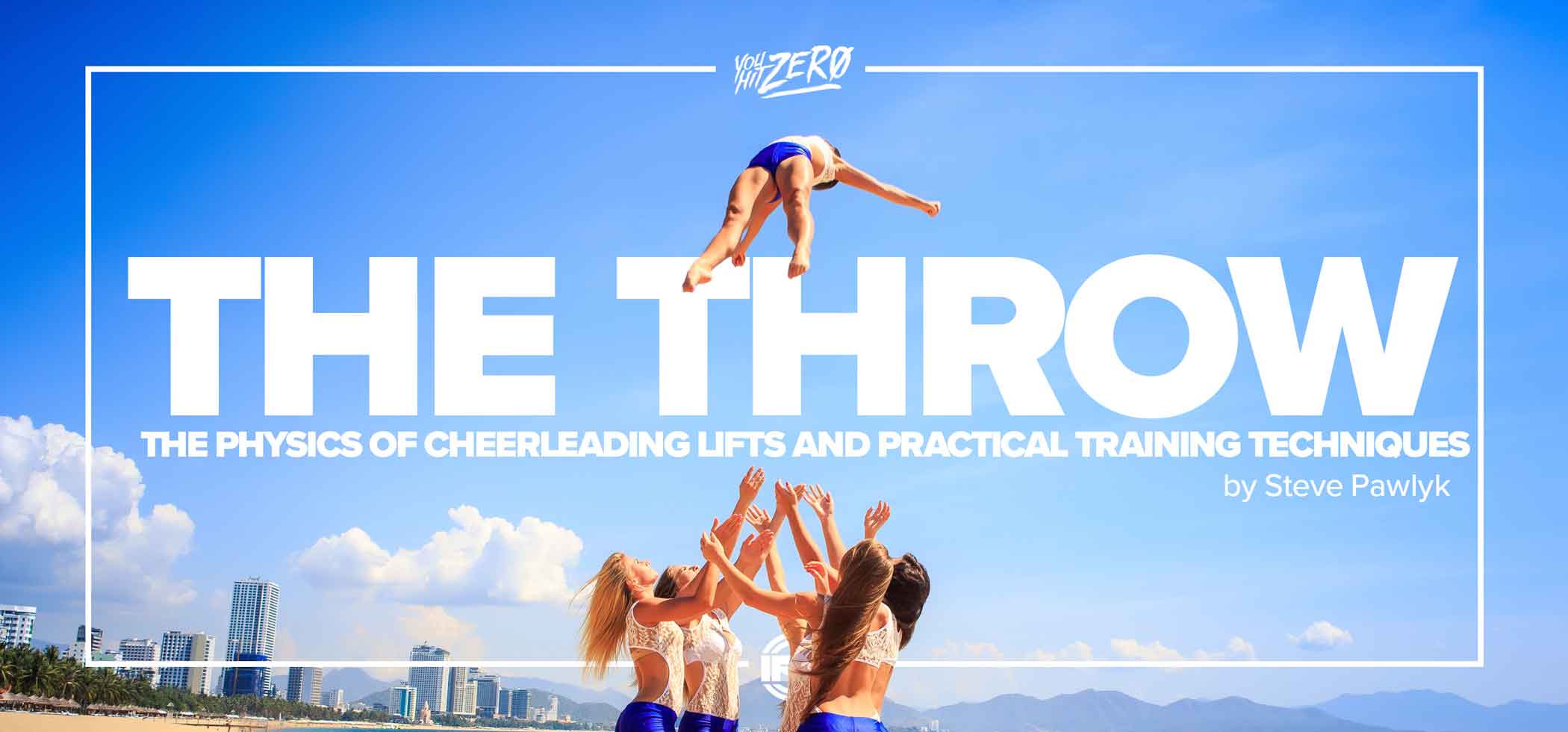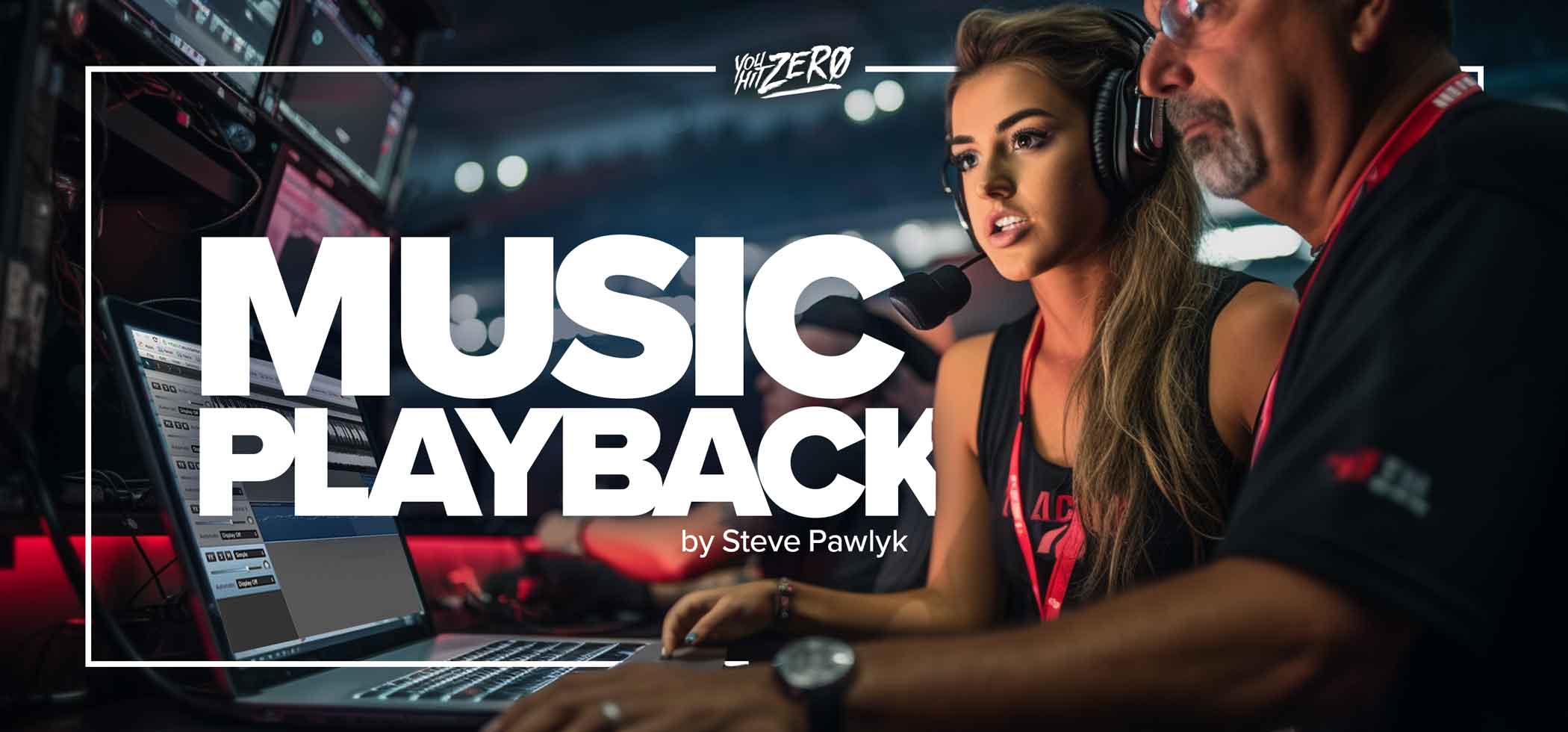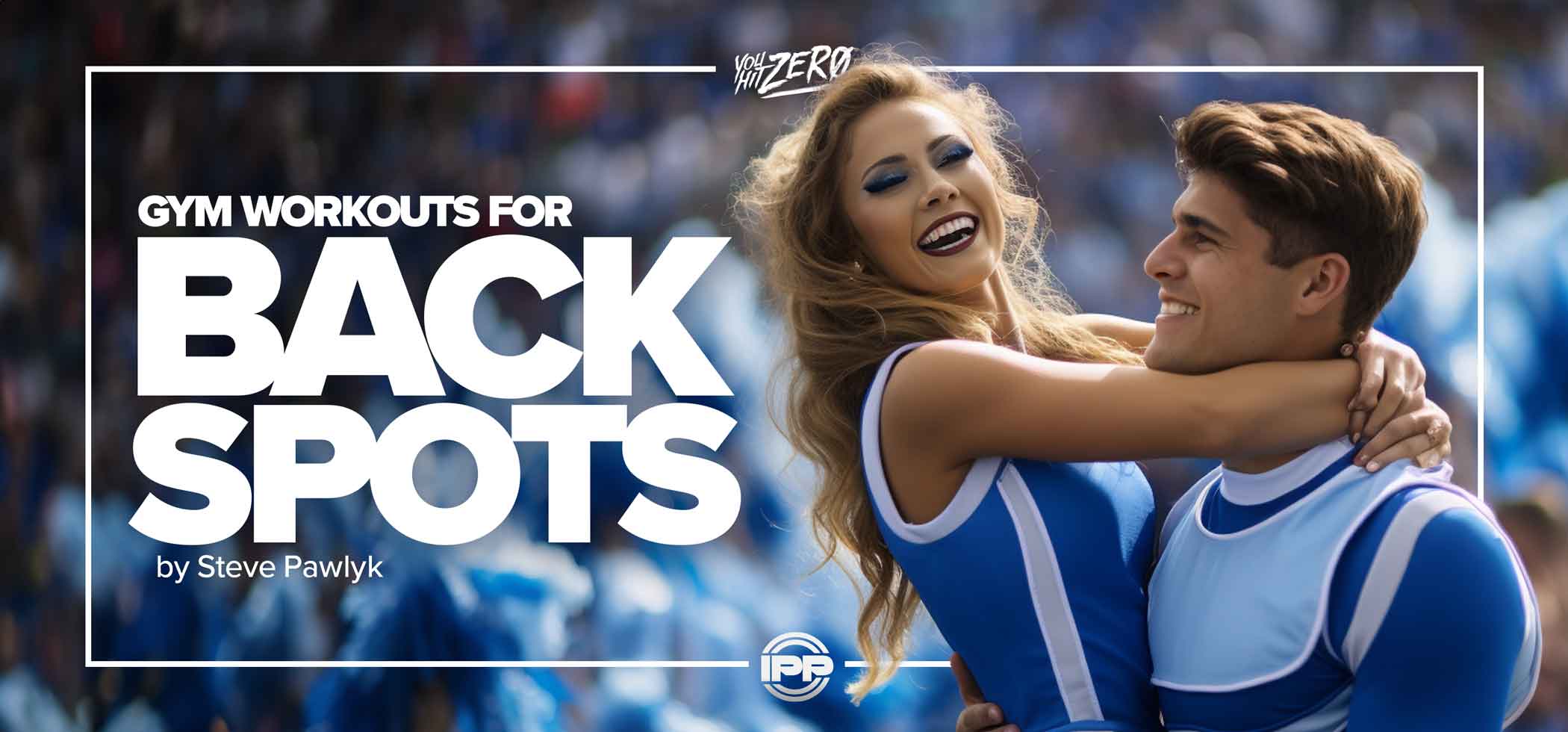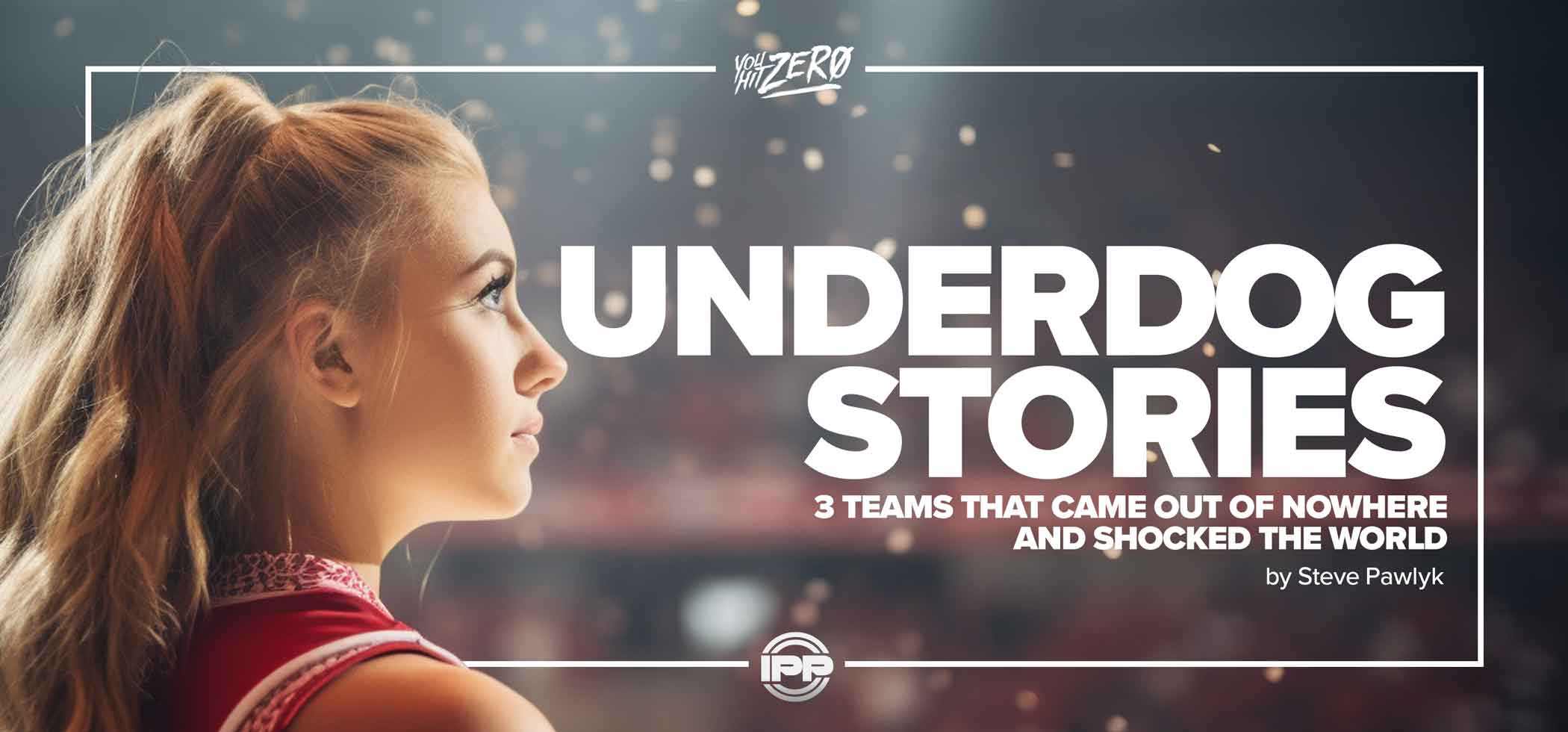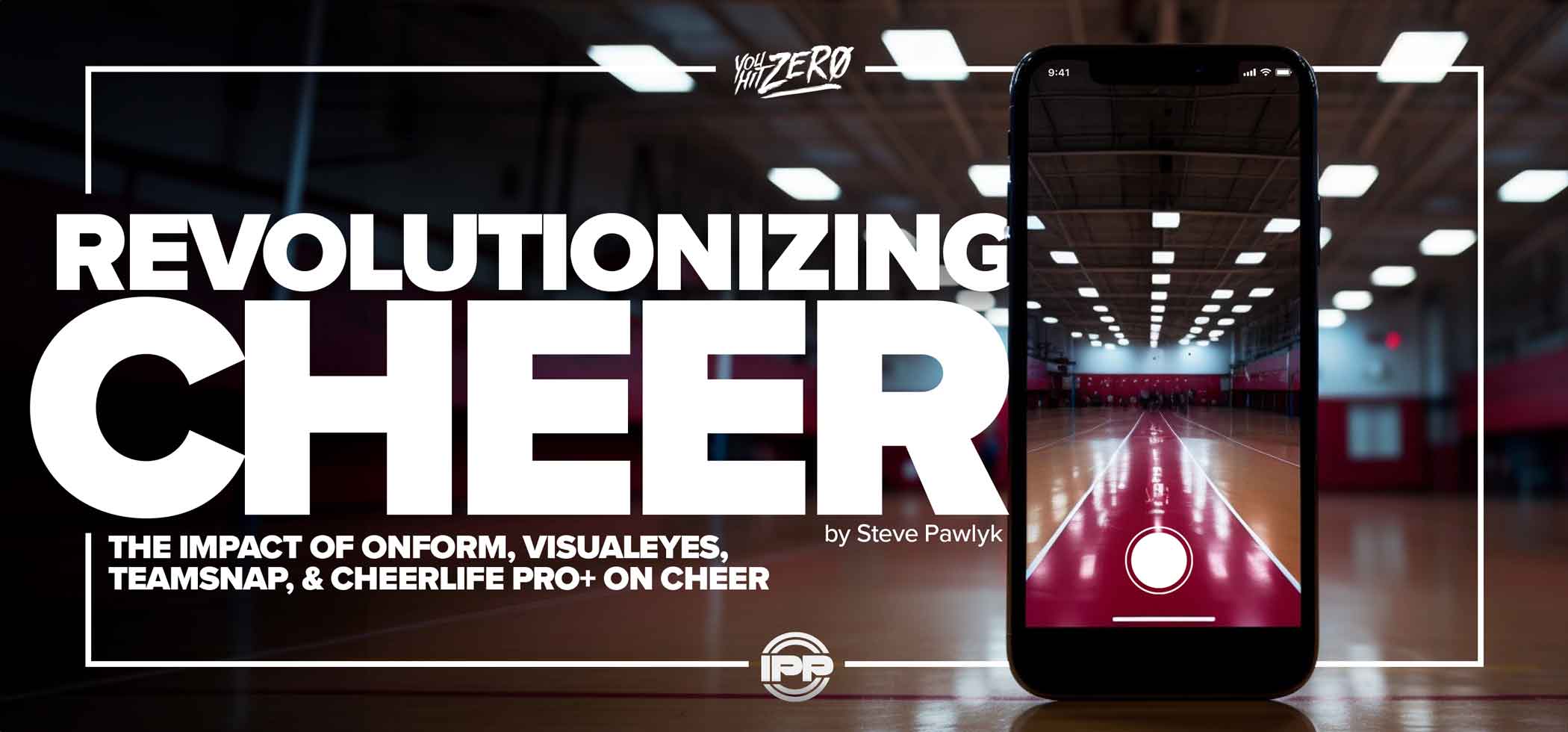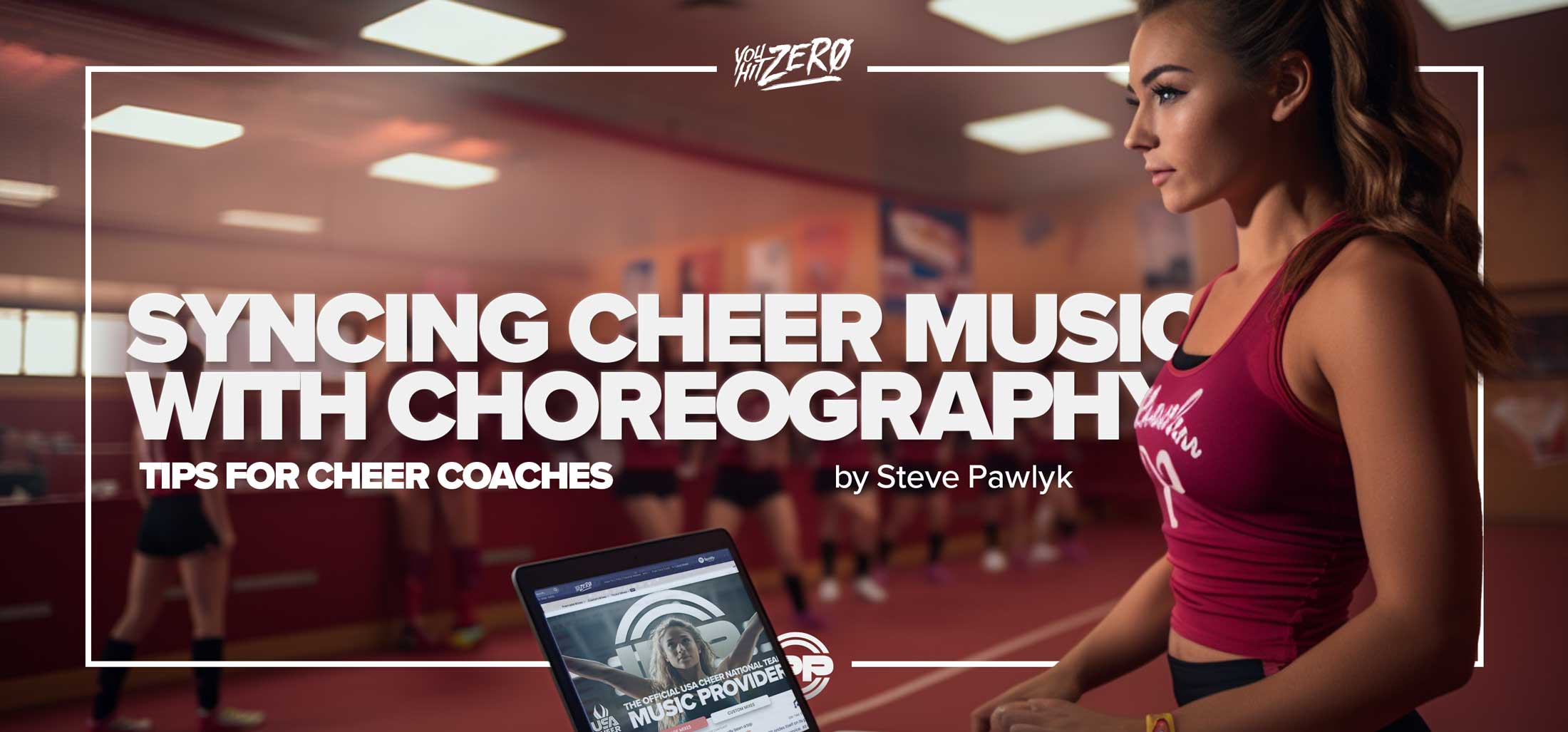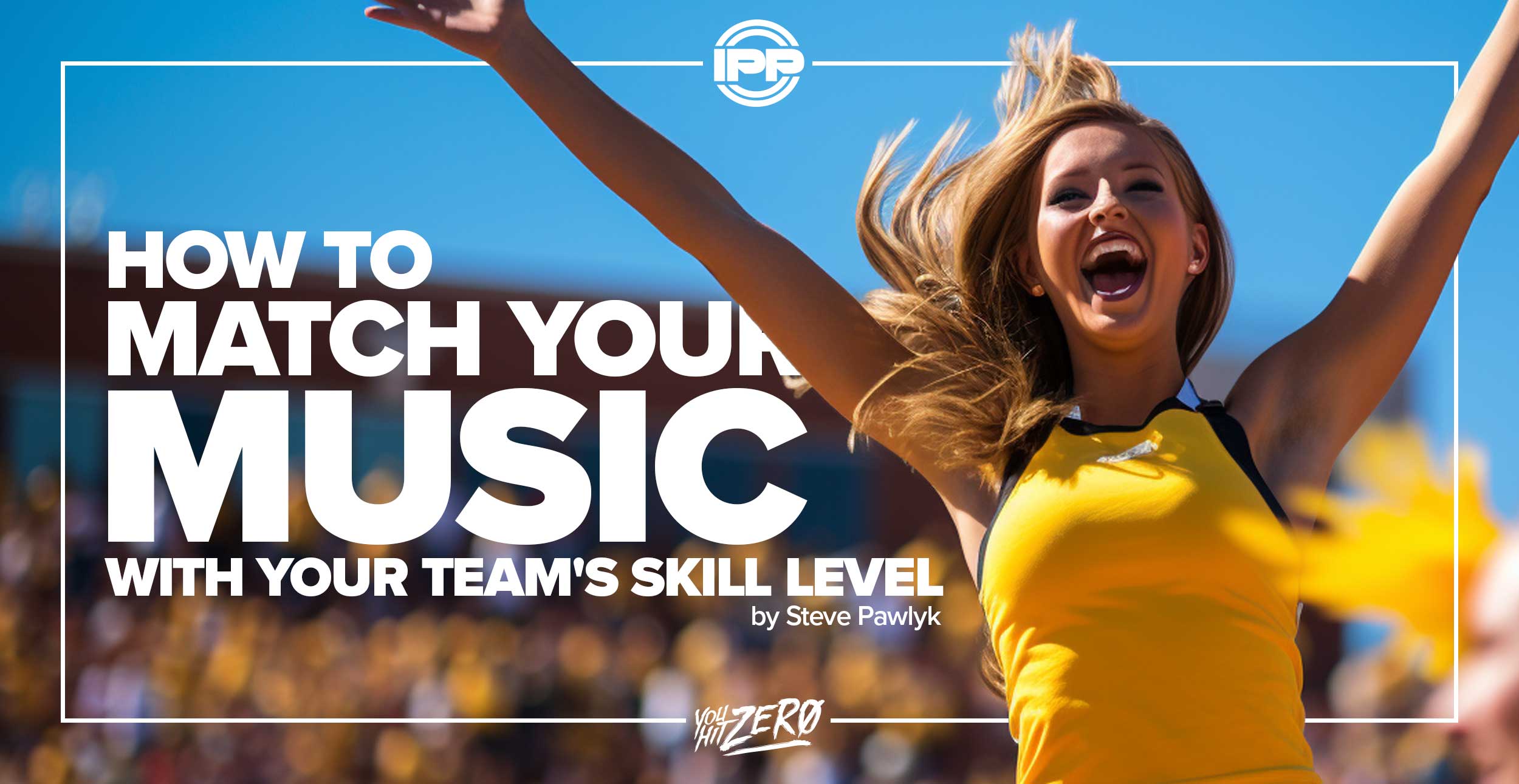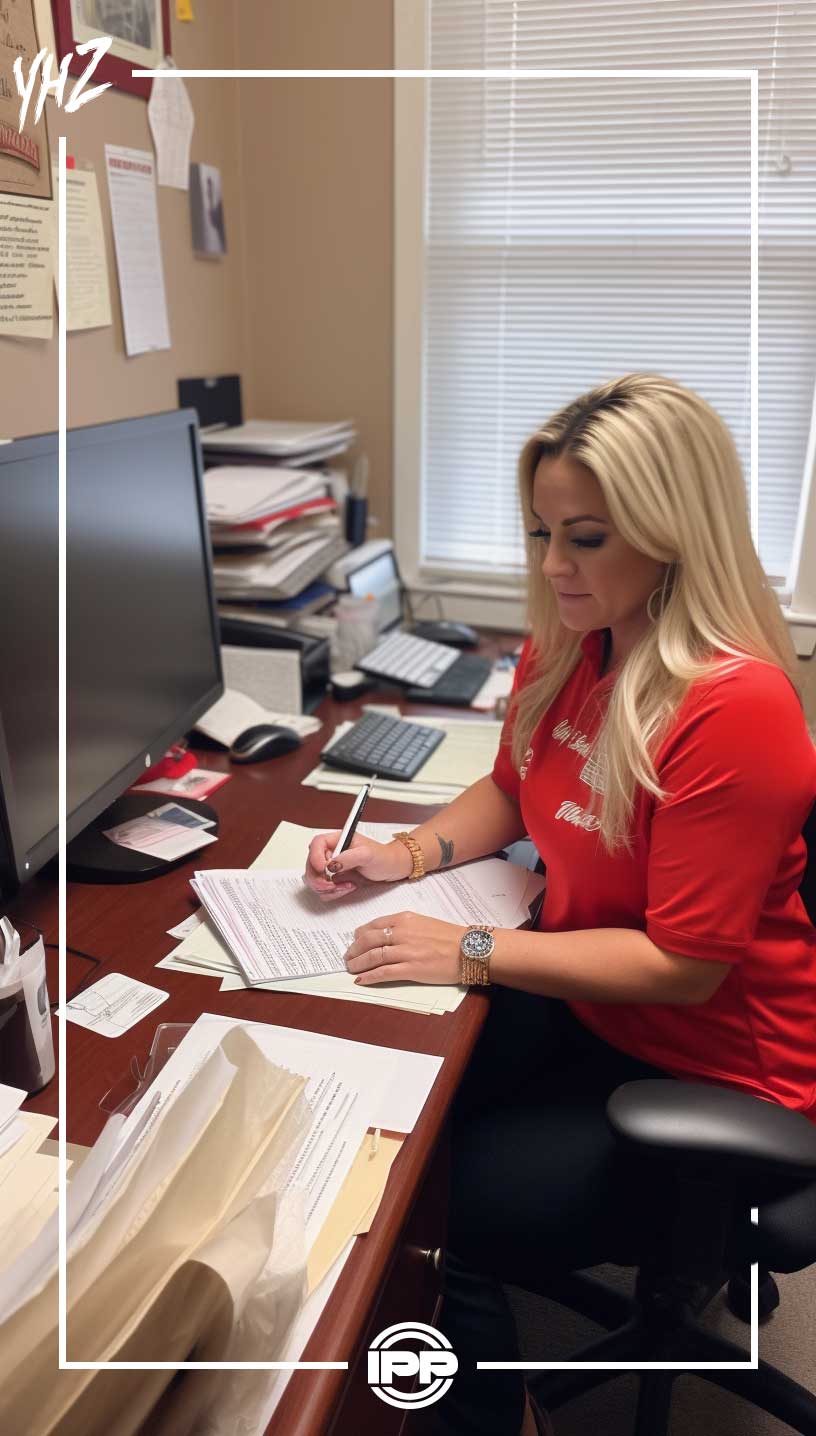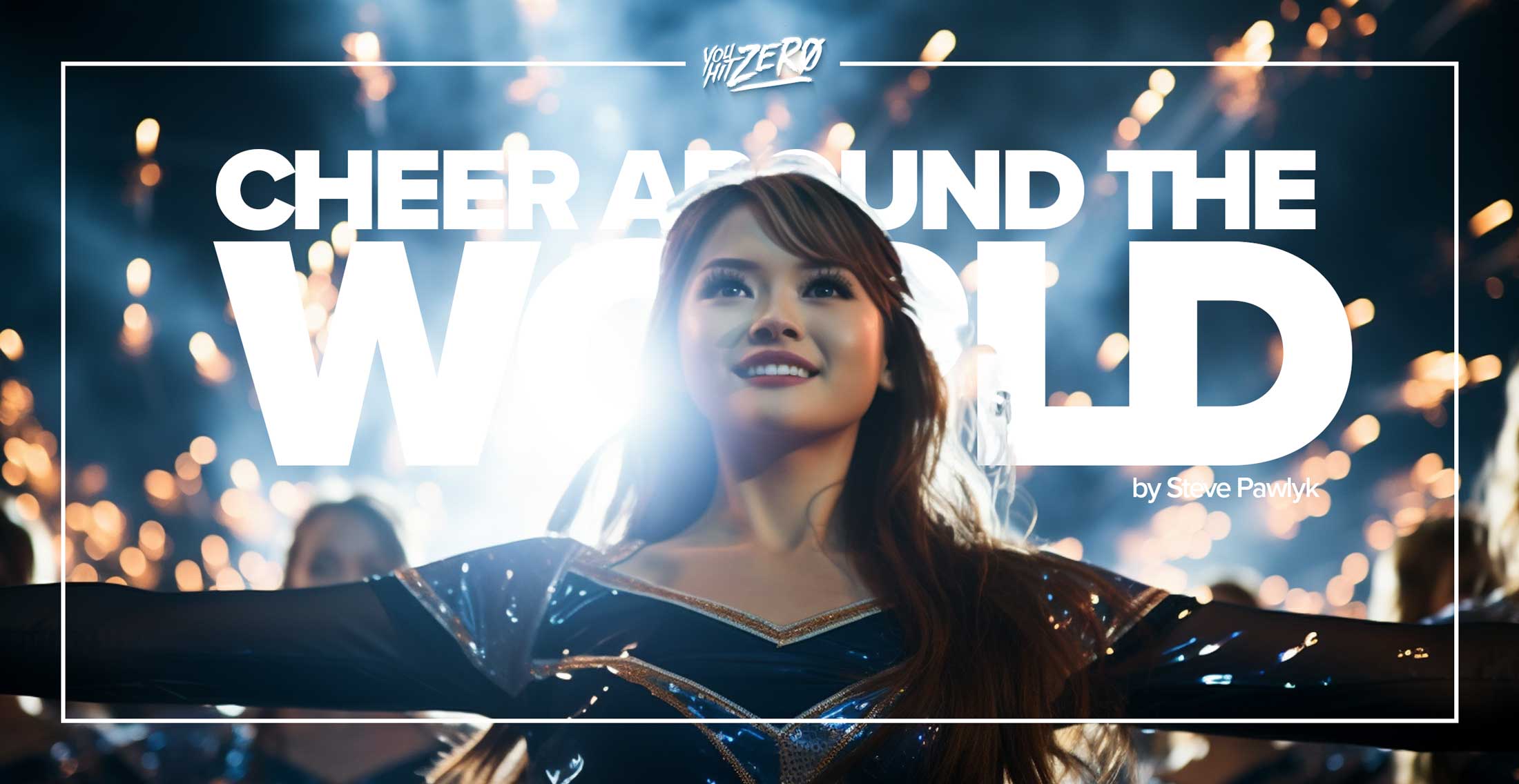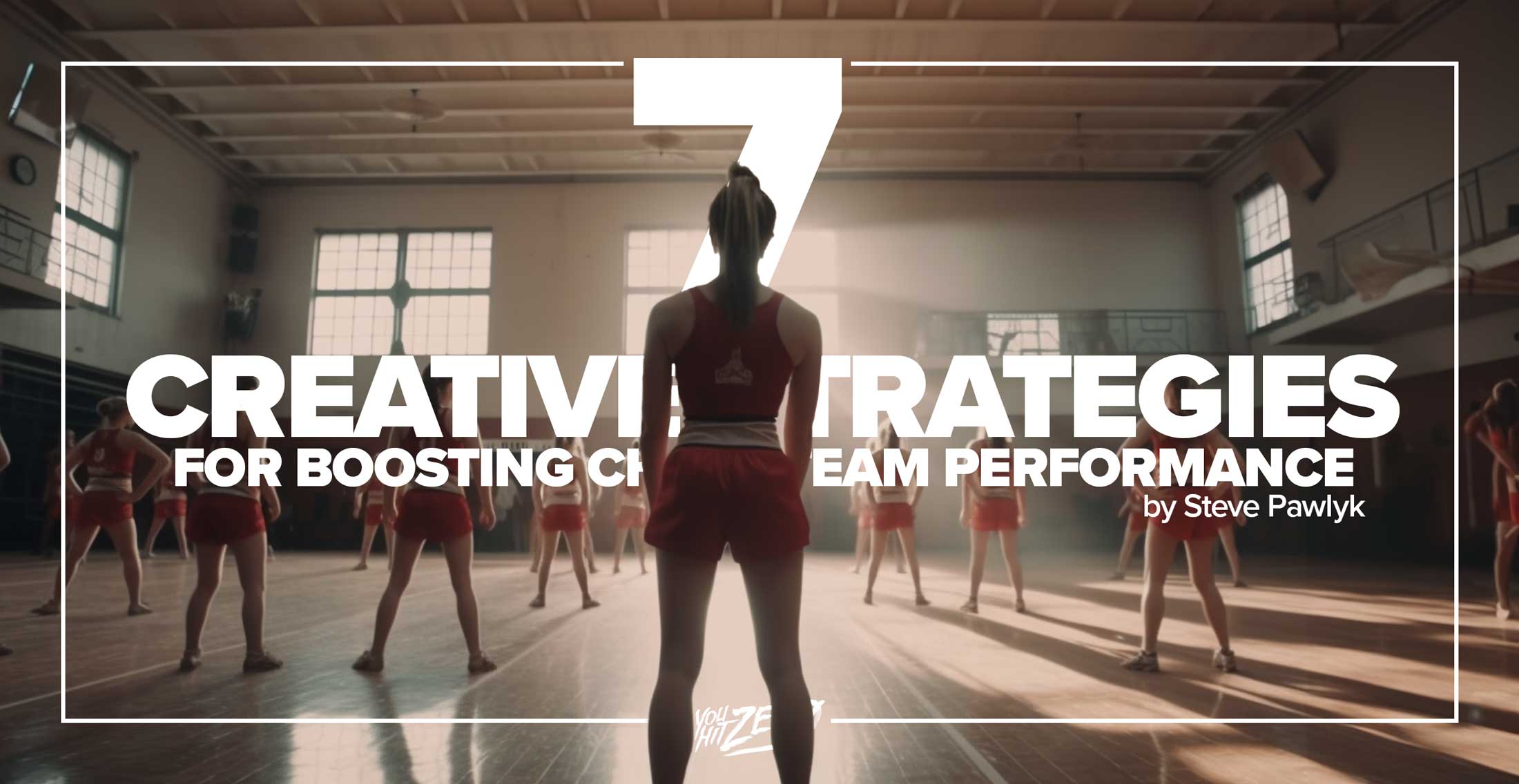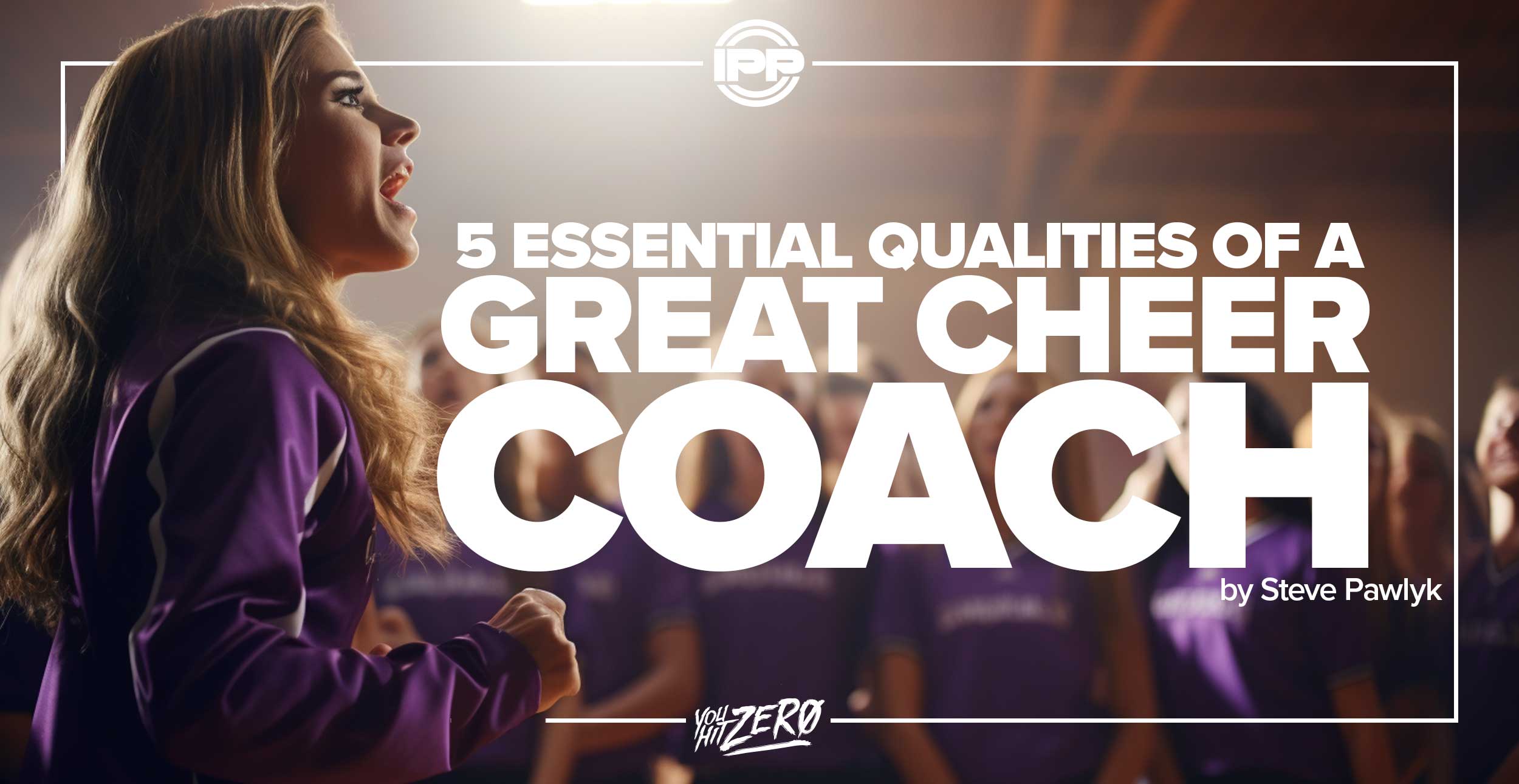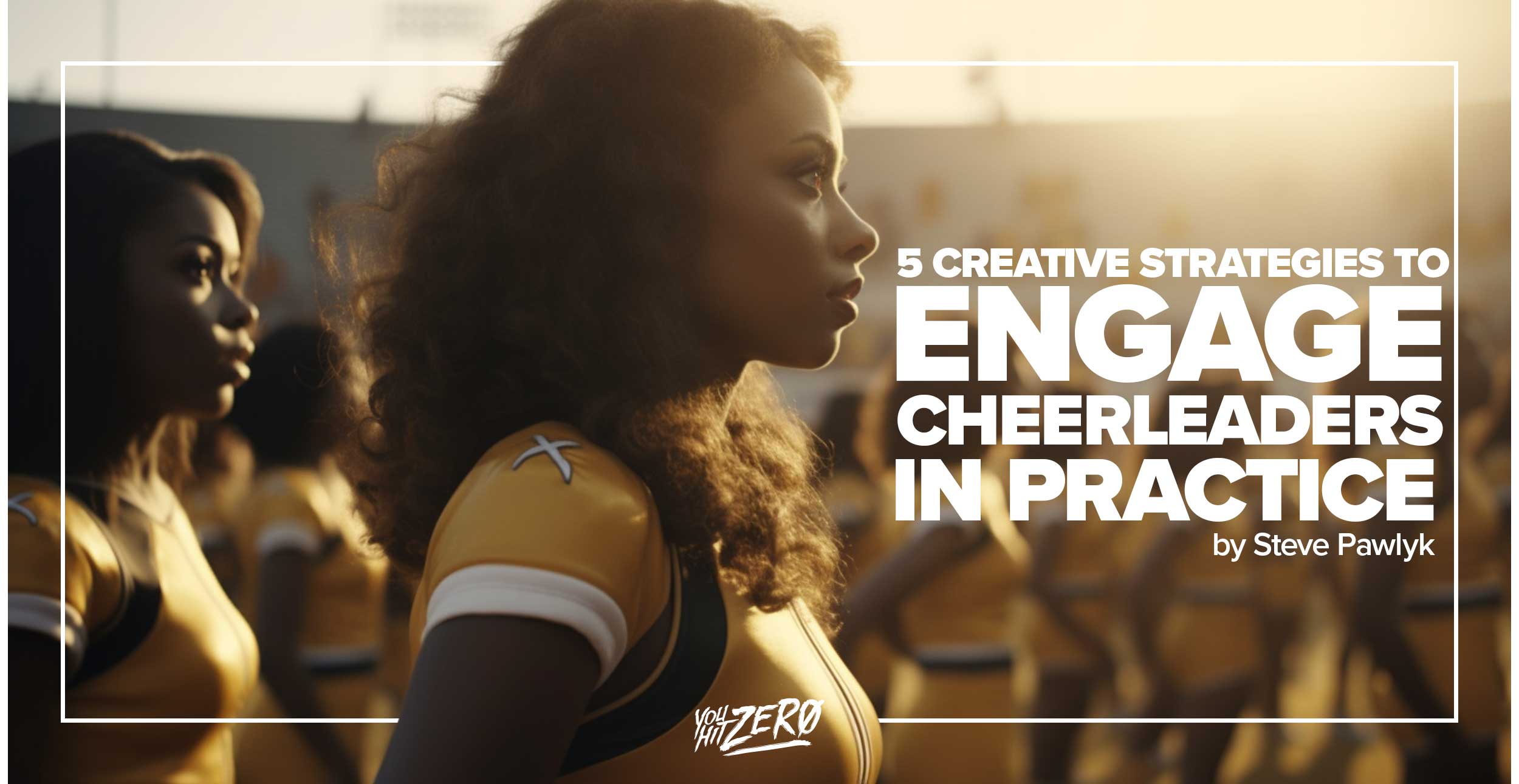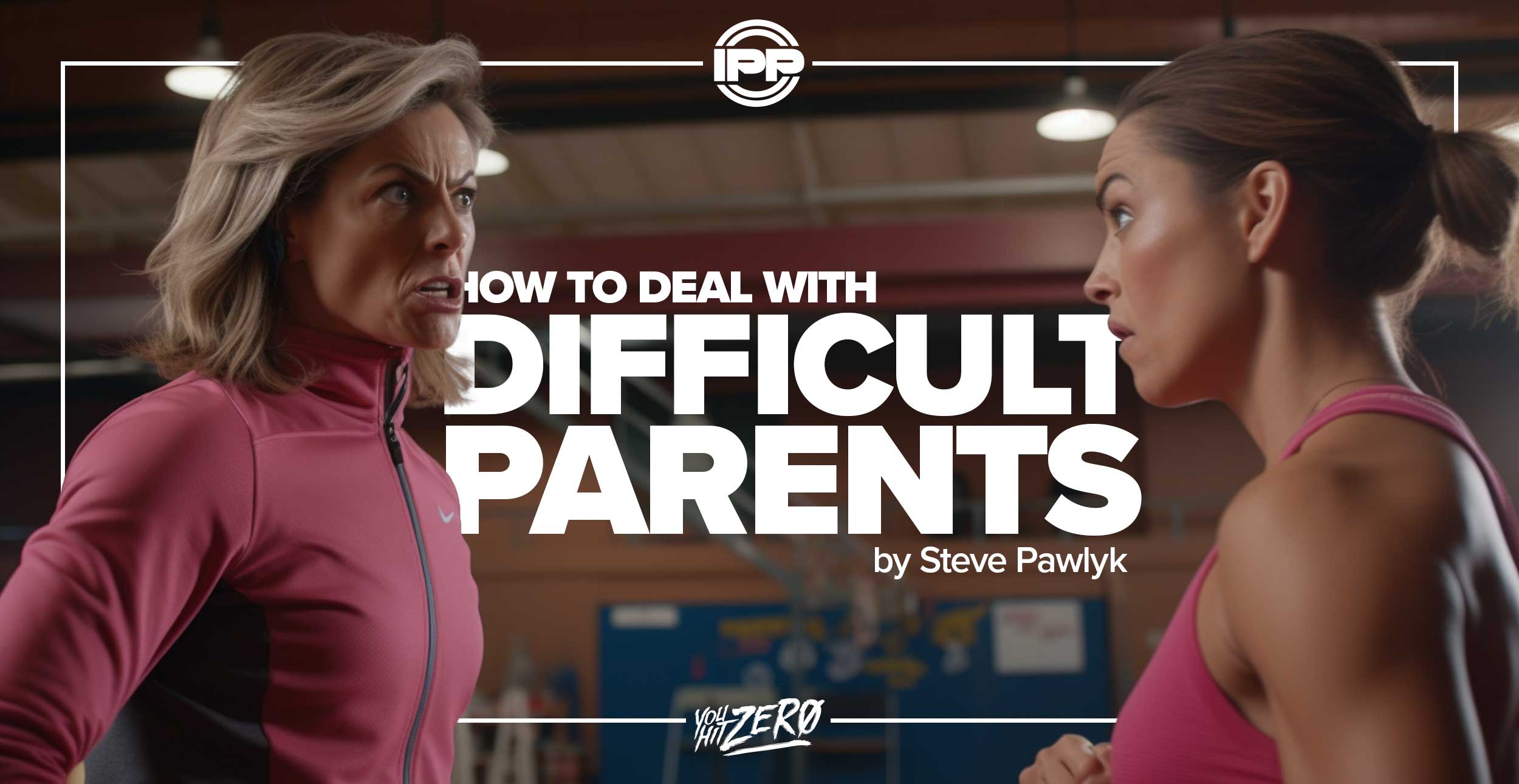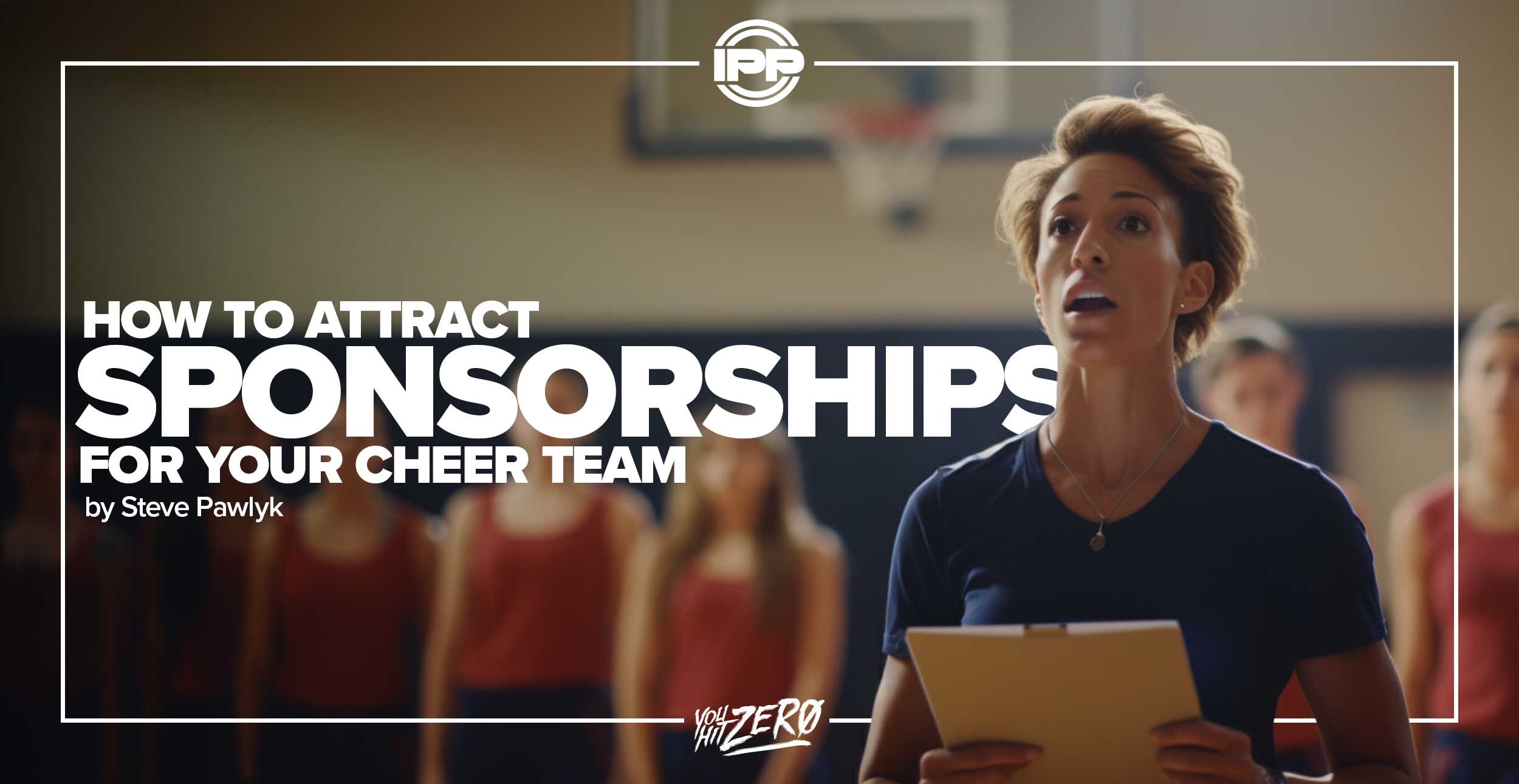By Steve Pawlyk
Published August 13, 2024
치어리딩 팬들과 코치들이 기대할 만한 영화, 한국 영화 *”승리”*가 2024년 8월 16일 미국 극장에 개봉됩니다. 박범수 감독이 연출한 이 활기차고 감동적인 드라마는 고등학생 소녀들이 치어리딩 팀을 결성해, 약팀 축구팀을 응원하고 지역 사회에 희망을 불어넣는 이야기를 담고 있습니다.
1990년대 후반 거제도를 배경으로 한 *”승리”*는 “밀레니엄 걸스”라는 치어리딩 클럽의 여정을 따라갑니다. 이 클럽은 두 명의 열정적인 댄서, 필순과 미나에 의해 설립되었으며, 처음에는 학교에서 댄스 연습실을 확보하기 위해 시작되었지만 곧 더 큰 의미를 가지게 됩니다. 치어리딩 팀은 학교의 고군분투하는 축구팀을 응원하며, 아시아 금융 위기로 인해 어려움을 겪고 있는 마을에 희망과 활력을 불어넣습니다
이 영화는 1984년 거제도에서 실제로 결성된 치어리딩 클럽에서 영감을 받아, 이야기의 진정성과 문화적 중요성을 더하고 있습니다. *”응답하라 1988″*로 알려진 이혜리는, 수많은 도전에도 불구하고 꿈을 포기하지 않는 필순의 역할을 통해 진심 어린 연기를 선보입니다. 그녀의 지역 방언 사용은 캐릭터에 깊이를 더해 관객들에게 더 큰 공감을 이끌어냅니다
*”승리”*는 단순히 치어리딩에 관한 이야기가 아닙니다. 인간 정신의 회복력과 공동체의 힘을 담은 이야기입니다. 영화의 내러티브는 팀원 각자의 고유한 개성과 특성을 가진 캐릭터들이 풍부하게 채워줍니다. 이들의 화합과 에너지는 영화의 간단한 줄거리를 보완하며, 시청자들에게 진정으로 몰입할 수 있는 경험을 제공합니다
치어리딩 코치들에게 *”승리”*는 필드나 코트 너머로 치어리딩이 미칠 수 있는 영향력을 상기시켜줍니다. 치어 팀의 열정과 결단력은 스포츠 팀뿐만 아니라 전체 공동체에 영감을 줄 수 있음을 강조합니다. 이 영화는 팀워크, 인내심, 그리고 자신의 꿈을 추구하는 것의 중요성을 일깨워주는 주제들을 깊이 담고 있어, 치어리딩 세계에서 큰 공감을 얻을 것입니다.
코치로서, *”승리”*는 여러분의 팀에게 훌륭한 동기 부여 도구가 될 수 있으며, 재미와 교훈을 동시에 제공할 것입니다. 90년대의 향수를 불러일으키는 이 영화는 당시의 아이코닉한 K-pop 트랙과 그 시대를 상징하는 패션을 더해, 그 시절을 기억하는 이들에게 특별한 즐거움을 선사할 것입니다
결론적으로, *”승리”*는 단순한 치어리딩 영화 이상입니다. 희망과 회복력, 그리고 팀워크의 강력한 힘을 축하하는 이야기입니다. 이 영화는 치어리딩 코치와 선수들, 그리고 자신을 넘어서는 무언가를 응원하는 의미를 이해하는 모든 사람들에게 깊은 감동을 줄 것입니다.
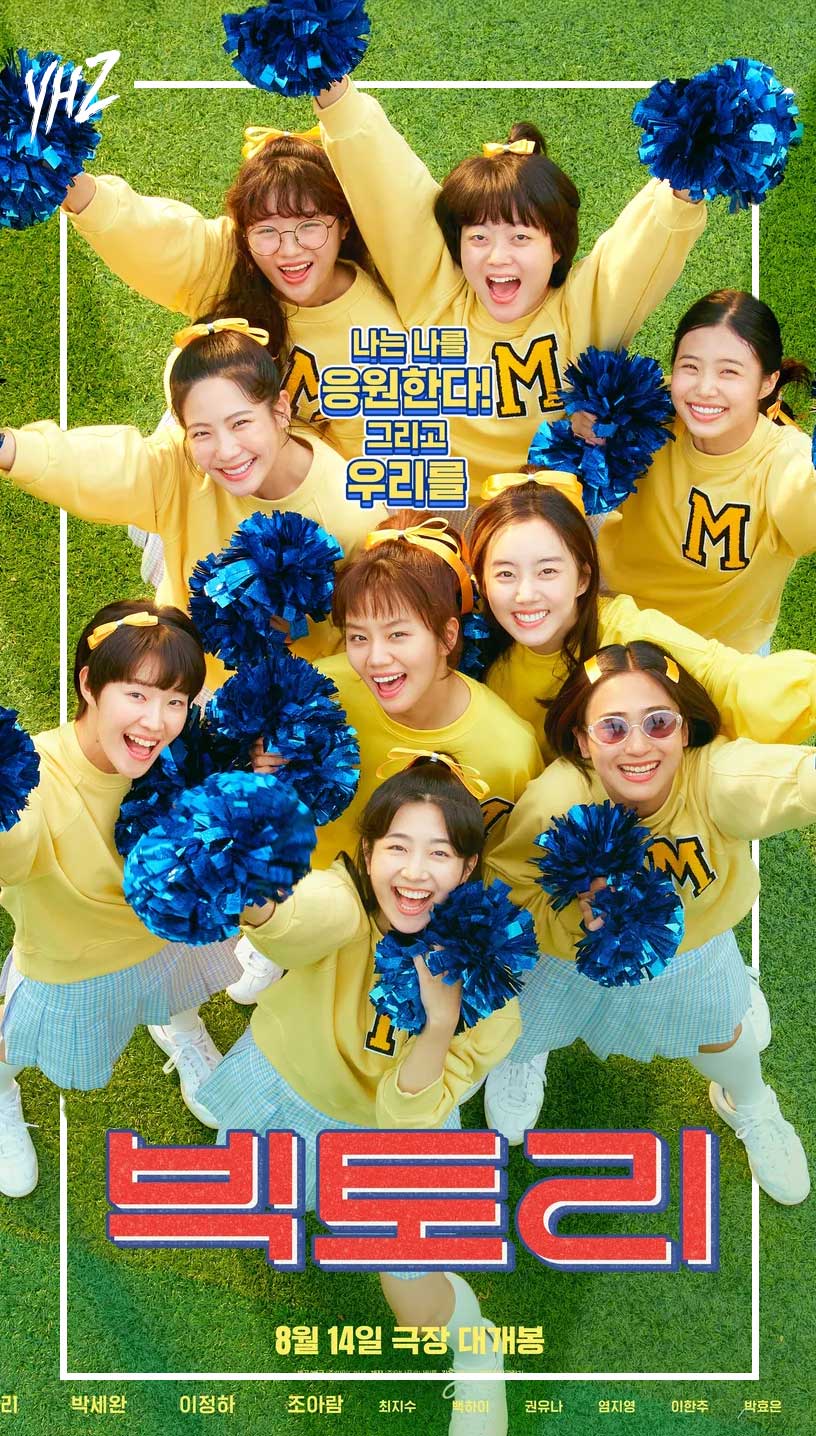
*”밀레니엄 걸스”*와 함께하는 *”승리”가 이번 8월 미국 극장에 찾아옵니다. 치어리딩 커뮤니티에서 꼭 봐야 할 영화로, 여러분의 동기 부여 도구에 훌륭한 추가물이 될 것입니다. 😊
IPP's Premade Mixes are USA Cheer Compliant and customizable! Add Sound FX, swap songs, & more! Add your Team Name to the mix for only $10!










